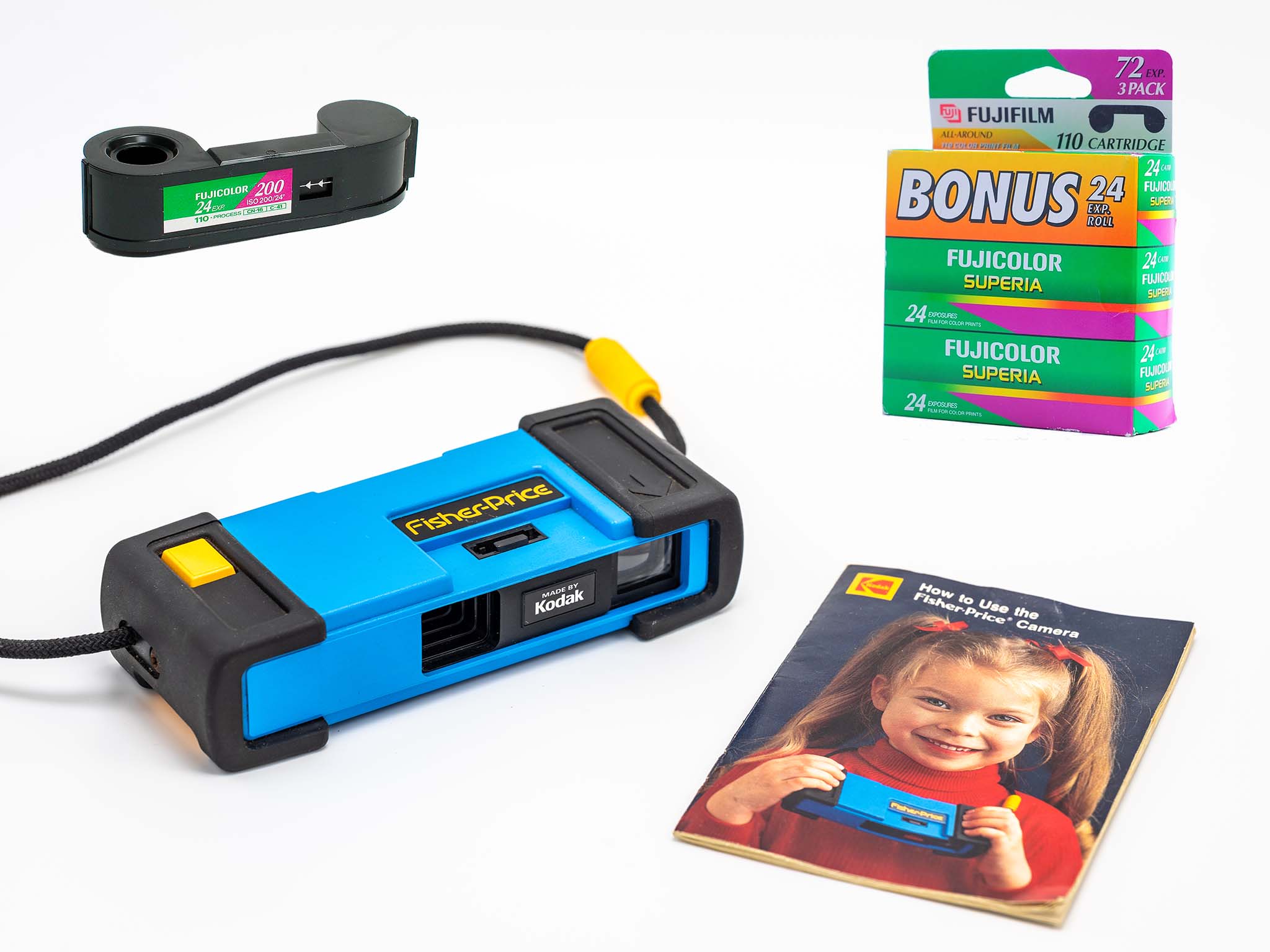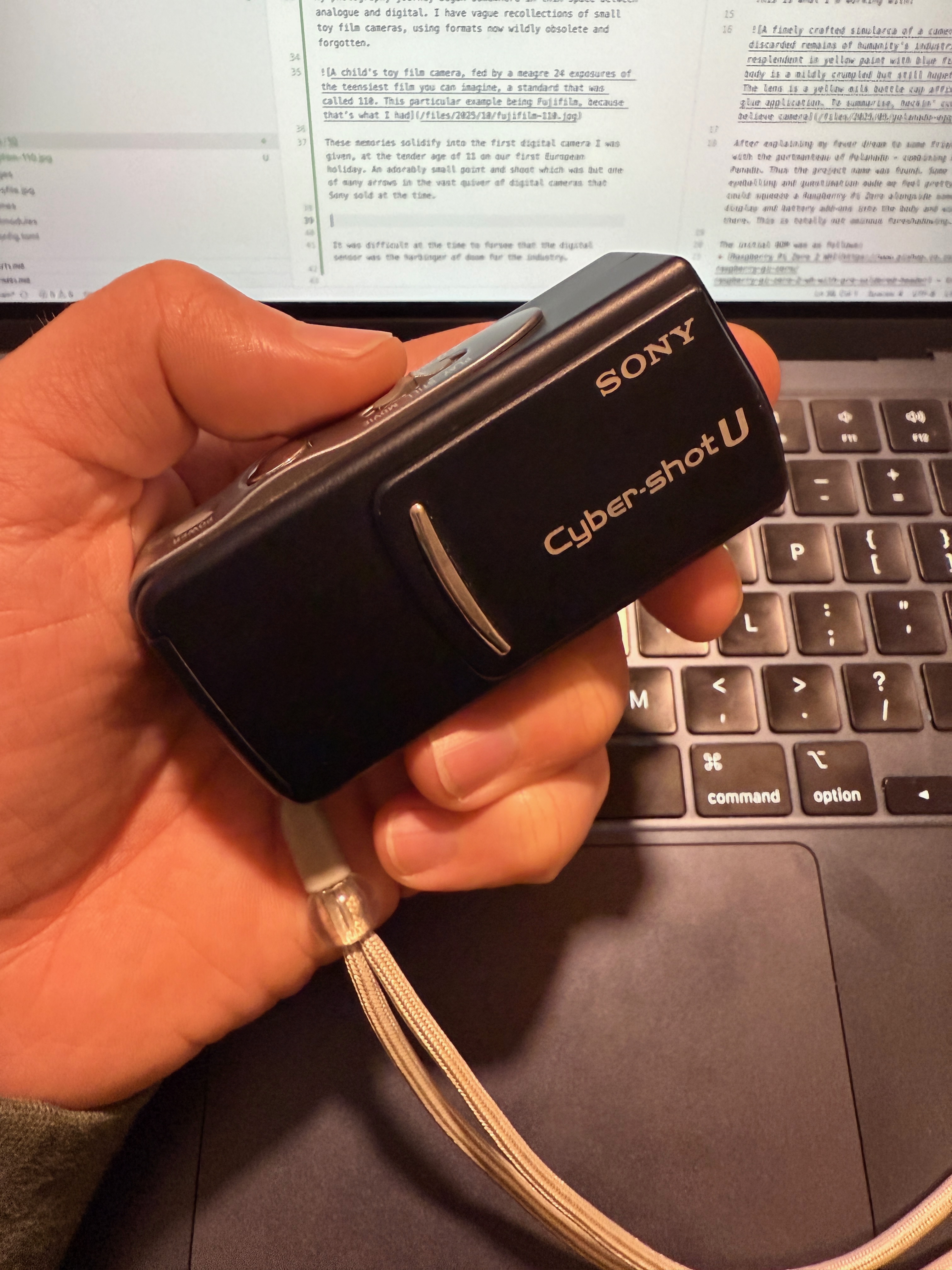(Re)Capturing the Mundane (Part 1)
I have never been a prodigious blogger (despite my best efforts and tongue-in-cheek lampooning of this space). It’s not that I don’t want to write, it’s rather that I write so much, so prodigiously, that I feel a sort of bone-weariness and shame in trying to coax out that soupçon of meaning and understanding which could be shared with the world.
Much of my writing is unintelligible streams of thought fraught with homophonic misspellings, contradictions, and interwoven mental voices which should never see light of day. Much of my writing is so intensely personal I sometimes cannot bear to read it again. I live in liminal peace knowing those thoughts are trapped in paper and binary until I’m ready to face them again.
It typically takes me anywhere from two to four hours to write a single post. Sometimes longer. I try to do it in one sitting, to capture the frenzied mental energy and conceptual zeitgeist before it washes away in the shifting torrents of my mind. I bang out a rough whole and then relentlessly read and reread until I’ve sliced away and respliced things to make it wholly unrecognisable from what I’ve started with. I don’t always know what I will end up with.
I started this post wanting to write about photography, and look where we are. I suppose photography is about creativity, and what is this if not rambling diatribe on the unrelenting labour of creation.
I sometimes regret the obvious familiarity of this space. Most of my readers know me personally, if not it’s easy enough to connect the dots to the real me.
Perhaps I am overly sensitive of being perceived.
Sometimes, I just want to write something anonymously and throw it into the void. I jokingly tell myself I might be having some sort of pre-midlife crisis, but I’ve always associated that with thoughts of mortality and legacy. My thoughts and mental maelstroms spring from a smallening of life, an ossification of routine. The loss of creativity and passion.
Photography is likely my oldest hobby. Like many old things it has gone through many changes and evolutions as technology advances, and more radically, the cultural milieu around it changes.
In many ways photography is a method of time travel, both literal and metaphorical. The fundamentals of photography have changed little for more than a hundred years. Lenses to gather light, apertures to control it, shutters to freeze it in time forever. These fundamentals have not changed from the first camera to the smartphone which you carry in your pocket.
Photography has had its share of cataclysms. The shift from manual to largely automatic cameras obsoleted vast swathes of equipment in the 80s. The transition from film to digital was smoother, and shot the industry to new heights (except for poor Kodak). Suddenly you could immediately see the results of your photos. You were no longer limited by 36 exposures and little canisters of film which had to be tenderly pried apart and dipped in potions and elixirs under absolute darkness.
My photography journey began somewhere in the thin space between analogue and digital. I have vague recollections of small toy film cameras, using formats now wildly obsolete and forgotten.

These memories solidify into the first digital camera I was given, at the tender age of 11 on our first European family holiday. An adorably small point and shoot which was but one of many arrows in the vast quiver of digital cameras that Sony sold at the time.

This camera marks the true start of my hobby. If I wasn’t using this for photos I was using one of my parent’s cameras. I became the official family photographer, capturing the moments and sights for everyone.
Looking back on ten odd years of family photos, to my mild dismay, I almost never feature in family photos myself. The cost of sitting behind the lens.
Smartphones were the extinction level event. Point and shoot cameras fell out of existence (barring their current faddish revival) and cameras were no longer commodity items but expensive and low production volume specialised tools, with commensurate pricing increases.
For most people today, photography is a frictionless and uncelebrated act which is so ubiquitous most don’t take a moment to consider it. You slide your phone out of your pocket, tap a shortcut, and the art is reduced to a moment of framing and a few billion cycles of computational contemplation.
Please don’t confuse this observation for derision. It would be extremely hypocritical of me to lambast this current world of photography when I too am an every day user of it. The quick snap, the slap of a filter, and throwing it out there to the world. It’s compelling and engaging. There is no social media (outside of the nichest niches, and video) which does not facilitate the sharing of photos as one of their primary modalities.
It was around this time when I first fell out of love with photography. I had a Canon 40D SLR, and a respectable collection of lenses, and it simply felt… stale.
There was an uncomfortable friction to every day photos. Lugging the camera around, editing the photos, uploading them somewhere to show off. The increasing attention in public from the rarer and rarer sight of dedicated cameras. All of these small frictions made the process a drag instead of an interesting ritual.
There is a common saying that the best camera is the one you have with you, and that was a Samsung Galaxy Note for me. For a while that was the only way I took photos, my SLR and lenses forgotten.
In truth, I felt a bit aimless with my photography. Nothing really spoke to me on a creative level, and I kept telling myself it’s not about equipment. All my photos felt so mundane, just tired rehashings of things everyone else was making. What was the point of making the effort of carrying a camera around if you didn’t want to take any photos?
Well, shows what I know, it was a new camera that led me to fall in love with photography for the second time.
I was at the time reading the blog and experiences of an editorial photographer named Zach Arias (sadly, the blog posts are lost to the inevitable decay of the internet), where he was reinspired in photography by the new and odd cameras of a little company called Fujifilm. Specifically the X100 and X-Pro.
Alas, this is where my energy runs out, after some terrific pruning of truly tedious details of photographic history. If you want that, come buy me a beer and allow me to info dump one of my hyperfixations.
It should be a week or so when Part II emerges.